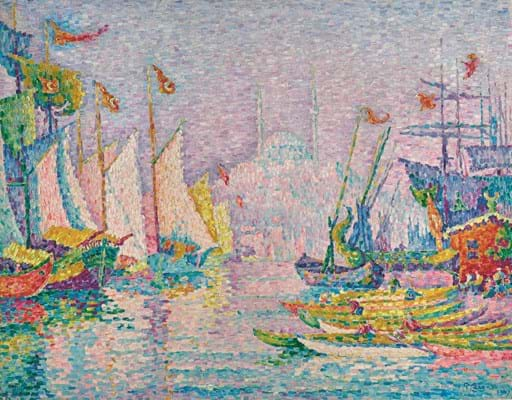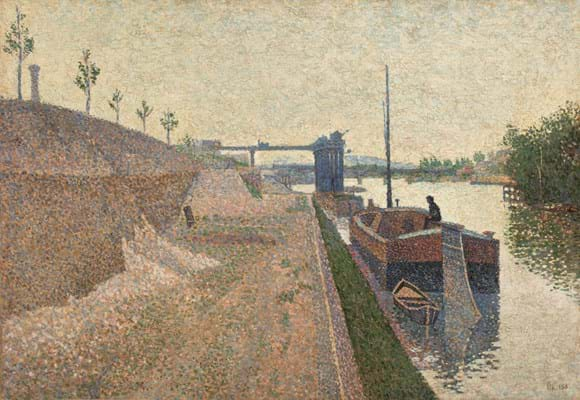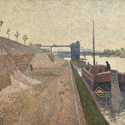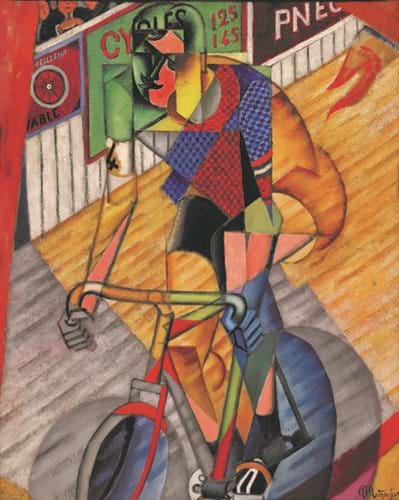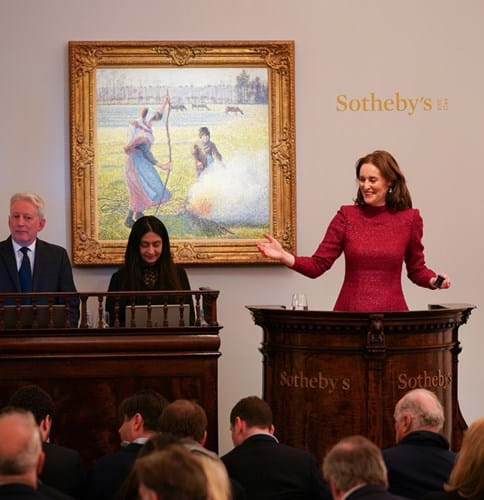
A bidding battle involving five parties broke out for Camille Pissarro’s (1830-1903) Gelée blanche, jeune paysanne faisant du feu, an 1888 oil on canvas that Sotheby’s has billed as “ranking among the greatest examples of Pointillism ever created”. Estimated at £8m-12m at the auction on February 4, it was knocked down to a phone buyer at £11.5m, the second highest price for the artist at auction.
Measuring 3ft 1in (93cm) wide and in a near-square format, it was a painting that took Pissarro over a year to complete. The careful brushstrokes, radiant palette, figurative subject and early date for a Pointillist work made it highly attractive both artistically and commercially.
The picture was one of three lots at the sale that had been recently restituted to the heirs of the French-Jewish art collector Gaston Lévy who had died in 1977. As with many works seized by the Nazis during the Second World War, it had a somewhat tangled back-story.
Lévy, who had bought it in 1927 from the Galerie Durand-Ruel in Paris, was a wealthy collector who made his money in property and was a co-founder of what would become the Monoprix supermarket chain in France.
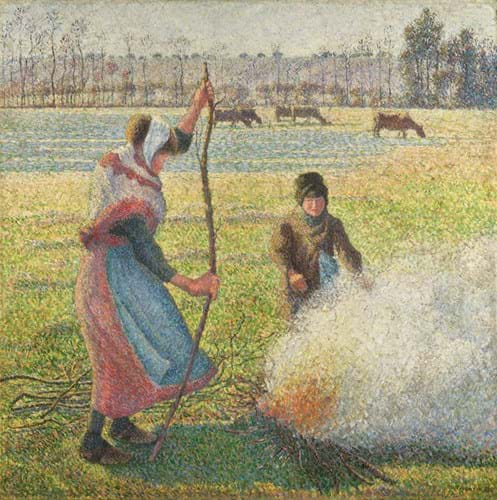
One of the three works restored to the heirs of collector Gaston Lévy that sold at Sotheby’s. ‘Gelée blanche, jeune paysanne faisant du feu’, an 1888 oil on canvas by Camille Pissarro made £11.5m.
Many works that he bought from dealers or at the Hôtel Drouot auction centre were kept in his apartment on Paris’ Avenue de Friedland, while others were taken to his country home, the Château des Bouffards – Napoleon III's former hunting lodge in central France.
After the Nazis occupied France in the summer of 1940, Lévy fled to Tunisia, while his art collection was appropriated and dispersed. Gelée blanche ended up in the hands of the Nazi taskforce Einsatztab Reichsleiter Rosenberg in October 1940. After the Second World War it was repatriated to France but transferred to a different owner. French customs authorities later seized it back in 1988 and the painting was then assigned to the Musée d'Orsay in 2000. It was finally restituted by the French government to Lévy’s heirs in 2018.
Signacs sold
A further work offered at Sotheby’s that had also been originally in Lévy’s collection but later entered the Musée d'Orsay was Paul Signac’s (1863-1935) La Corne d’Or, Matin, one of 12 paintings the artist made in Istanbul in the spring of 1907. It was estimated at £5m-7m and sold at £6.5m.
A major patron of the Pointillists, Lévy owned no fewer than 44 works by Signac. Having formed a close friendship with the artist, he holidayed with Signac and sponsored his project to paint 107 ports in France – securing his first pick from every batch of watercolours.
The third Lévy picture at Sotheby’s, another Signac, was an 1887 oil painting of the Quai de Clichy which was estimated £600,000-800,000 and sold at £1.1m.
Lévy had kept it in the Château des Bouffards but, after it was seized by the Nazis, it later found its way into the collection of the notorious dealer Hildebrand Gurlitt. Quai de Clichy, Temps Gris was subsequently among the extraordinary hoard of 1406 works discovered by authorities in the Munich apartment of his son Cornelius Gurlitt in 2012. It was restituted to the Lévy heirs in July 2019.
It was the second work from the Gurlitt hoard to be sold at auction following restitution – the first being Max Liebermann's Zwei Reiter am Strand nach links (Two Riders on a Beach) that was returned to the heirs of the industrialist David Friedmann and sold for £1.55m at Sotheby’s in June 2015.
Cubist record
Overall, the Sotheby’s auction was a slightly slim affair with only 33 lots on offer. The take-up rate was relatively strong with 29 works sold on the night (87.9%) for premium-inclusive total of £49.9m.
Another lot drawing interest was a Cubist painting by Jean Metzinger (1883-1956). Le cycliste from 1912 was one of the artist’s experiments in creating a new ‘dimension’ to art, using oil and sand on canvas. The sister painting to another cycling painting now in the Peggy Guggenheim collection in Venice, it was estimated at £1.5m-2m with the auctioneers arranging an ‘irrevocable bid’ from a third party before the sale, meaning it was always bound to sell on the night.
Drawing bidding from multiple parties including from Asia, it was eventually knocked down to a US private buyer at £2.5m, a record for the artist at auction.


